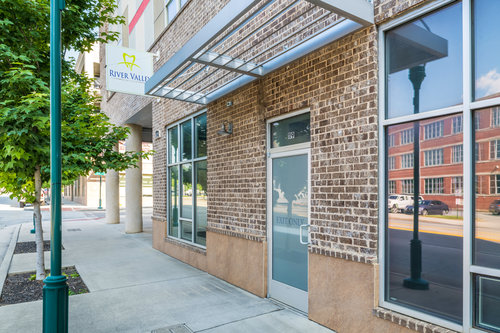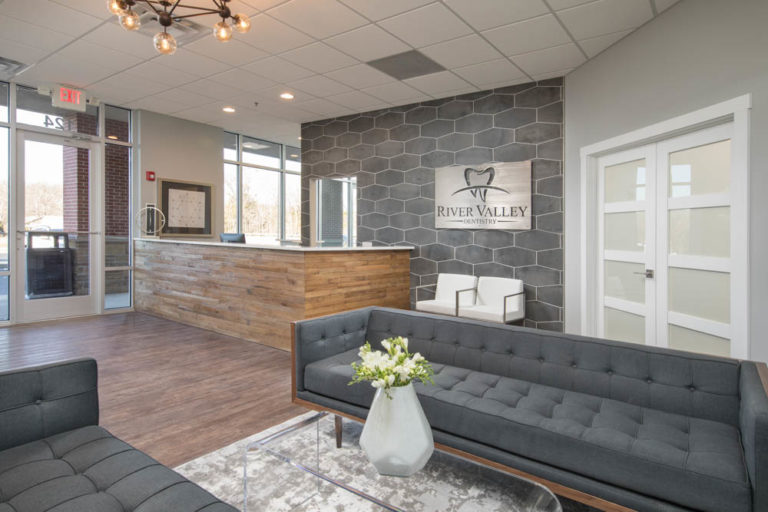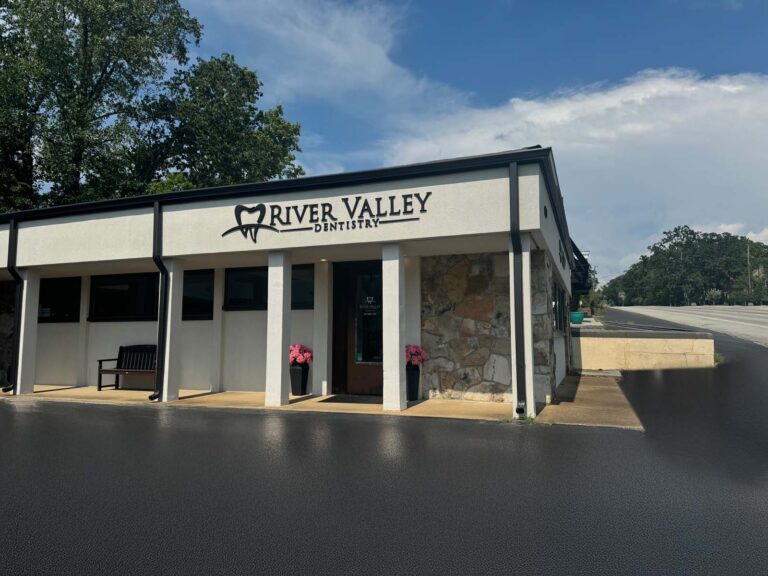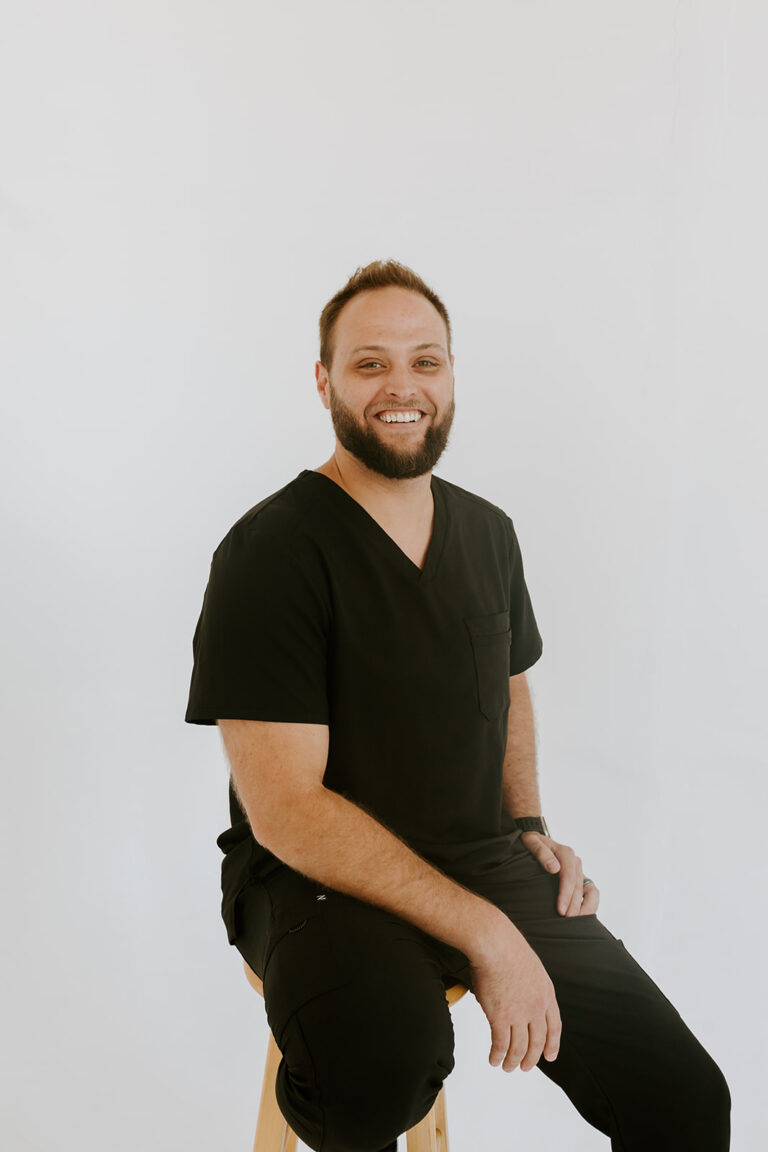Dental Bone Grafting
Dental bone grafting restores missing bone by placing new bone material where support is needed, often to create a stable foundation for dental implants.
What Is Dental Bone Grafting?
Dental bone grafting rebuilds and strengthens the jawbone when natural bone is insufficient to support dental implants or maintain oral health. Bone loss can result from gum disease, injury, developmental issues, or the natural shrinkage that occurs after tooth loss. Without enough bone, teeth may shift, facial structure can change, and implants may not be possible.
How Bone Grafting Helps
Bone grafting is a safe, routine procedure that restores lost bone and creates a solid foundation for future dental work. The type of graft used depends on the amount and location of bone loss. With proper healing, the graft fuses with your natural bone, supporting a stronger, healthier smile.
Strengthen your jaw with expert bone grafting at River Valley Dentistry—serving Chattanooga, Ooltewah, and Signal Mountain. Schedule your consultation today!
Schedule Online for Signal Mountain
Schedule Online for Ooltewah
Schedule Online for Chattanooga

-
What is the process for dental bone grafting?
Dental bone grafting involves placing bone material in areas where the jawbone has weakened or shrunk. The graft is secured, and over time it fuses with your natural bone, creating a stronger foundation for implants or other dental treatments.
-
Are dental bone grafts painful?
Dental bone grafts are typically not painful. The area is numbed during the procedure, and most patients experience only mild discomfort afterward, which can be managed with over-the-counter pain relief.
-
How long does it take to recover from a dental bone graft?
Most patients recover from a dental bone graft within a few days, though the graft itself can take several months to fully fuse with the natural bone. Discomfort usually improves quickly with proper care.
Comprehensive Dental Care
We provide a full array of dental services to suit the needs of individuals and families. Use the links below to learn more about our services, schedule an appointment, or contact our office.











